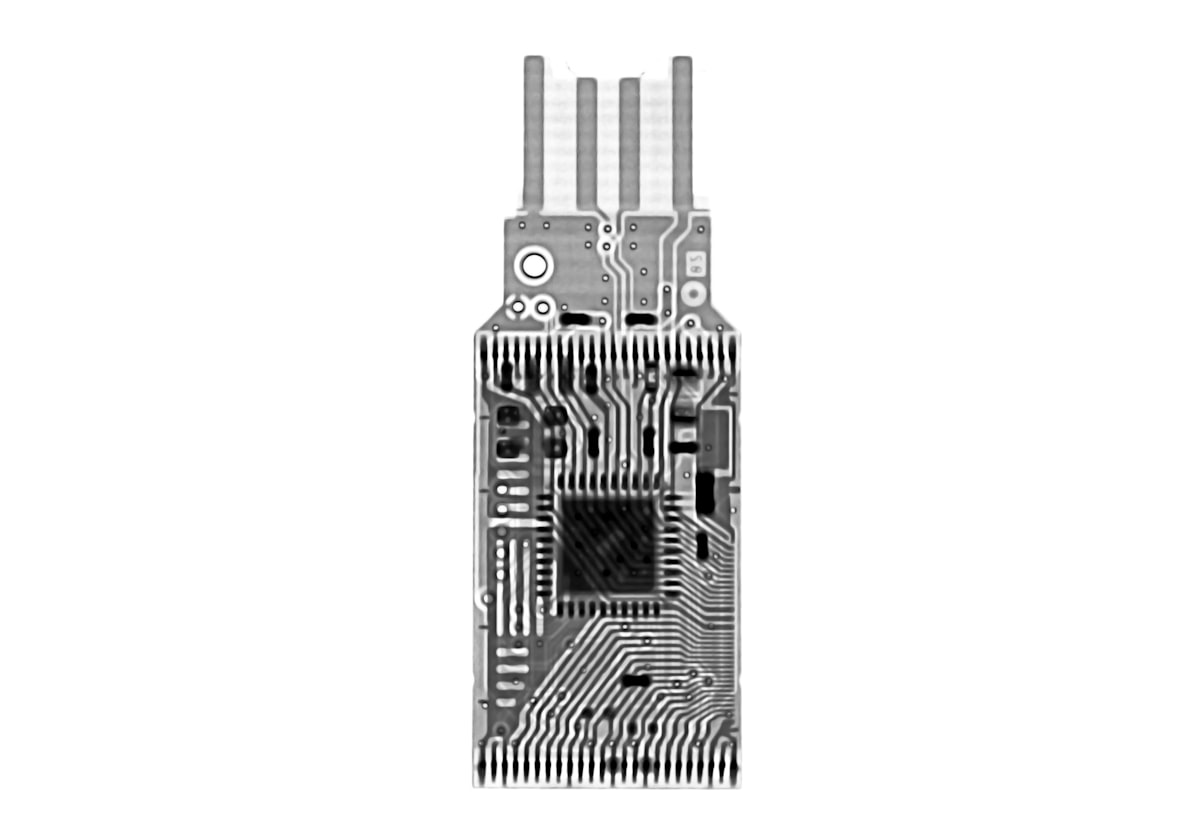Designing PCBs with AI-Assisted Circuit Analysis
The world of printed circuit board (PCB) design is a fascinating intersection of electronics, computer science, and manufacturing. For STEM students, mastering PCB design is crucial for developing innovative projects and pursuing careers in various engineering fields. However, the intricate nature of circuit analysis and design can be a significant hurdle. Fortunately, advancements in artificial intelligence (AI) are revolutionizing the PCB design process, offering powerful tools to assist students in navigating these complexities. This blog post will explore how AI-assisted circuit analysis can provide valuable ai pcb design help to STEM students, making the learning process more efficient and effective.
The Problem: Navigating the Complexities of PCB Design
STEM students often encounter several challenges when learning PCB design and circuit analysis:
- Understanding Complex Circuit Behavior: Analyzing complex circuits requires a deep understanding of electronic components and their interactions. It can be challenging to predict how different components will behave under varying conditions, especially in intricate PCB layouts. This demands a strong foundation in electrical engineering principles, often exceeding the current knowledge base of many students.
- Time-Consuming Manual Analysis: Traditional circuit analysis methods often involve manual calculations and simulations, which can be time-consuming and prone to errors. This process can be especially daunting when dealing with large and complex circuits. The time spent on manual analysis detracts from valuable time that could be used on other critical aspects of design or learning.
- Error Detection and Troubleshooting: Identifying and troubleshooting errors in PCB designs can be a painstaking process. Finding the root cause of a malfunctioning circuit often requires meticulous examination and testing, which can be frustrating and time-intensive, especially when dealing with subtle design flaws.
- Optimizing for Performance: Achieving optimal performance in a PCB design requires careful consideration of factors like signal integrity, power distribution, and thermal management. Manually optimizing these parameters can be a complex and iterative process, requiring significant expertise and experience.
These challenges often lead to frustration, wasted time, and potentially lower grades, making it difficult for STEM students to fully grasp the concepts of PCB design. The need for efficient and reliable
ai pcb design help becomes increasingly apparent.
The Solution: AI-Powered Assistance for PCB Design
AI-powered tools are emerging as valuable allies for STEM students seeking to overcome the challenges of PCB design. These tools leverage machine learning algorithms and advanced simulation techniques to automate and streamline various aspects of the design process:
- Automated Circuit Analysis: AI algorithms can analyze circuit schematics and PCB layouts to predict circuit behavior, identify potential issues, and suggest improvements. This automated analysis can significantly reduce the time and effort required for manual calculations and simulations, allowing students to focus on higher-level design concepts.
- Intelligent Error Detection: AI-powered tools can automatically detect design errors, such as shorts, opens, and signal integrity problems. These tools can also provide detailed explanations of the errors and suggest corrective actions, helping students learn from their mistakes and improve their design skills.
- Performance Optimization: AI algorithms can optimize PCB designs for performance by automatically adjusting parameters such as trace widths, component placement, and power distribution. This optimization can lead to improved signal integrity, reduced power consumption, and enhanced thermal management.
- Interactive Learning Environment: AI-powered PCB design tools can provide an interactive learning environment by offering real-time feedback and guidance. These tools can also provide personalized recommendations based on the student's skill level and learning goals, making the learning process more engaging and effective.
By leveraging AI-assisted circuit analysis, STEM students can gain a deeper understanding of PCB design principles, improve their design skills, and accelerate their learning process. This type of
ai pcb design help is transforming engineering education.
Practical Examples: Applying AI to PCB Design
Here are some practical examples of how AI-assisted circuit analysis can benefit STEM students:
- Simulating Circuit Behavior: Students can use AI-powered simulation tools to simulate the behavior of their PCB designs under various operating conditions. This allows them to identify potential issues and optimize their designs before building a physical prototype. For example, a student designing an amplifier circuit can use AI to simulate the circuit's frequency response and identify any stability issues.
- Optimizing Component Placement: AI algorithms can analyze PCB layouts and suggest optimal component placement to minimize signal interference and improve signal integrity. This is particularly useful for high-speed digital circuits where signal integrity is critical. For instance, a student designing a microcontroller board can use AI to optimize the placement of decoupling capacitors to reduce noise.
- Generating Routing Paths: AI-powered routing tools can automatically generate routing paths for PCB traces, minimizing the risk of shorts and opens. These tools can also optimize the routing paths for signal integrity and power distribution. A student designing a complex multi-layer PCB can use AI to automatically route the traces, saving significant time and effort.
- Troubleshooting Design Errors: AI-powered error detection tools can automatically identify design errors, such as shorts, opens, and signal integrity problems. These tools can also provide detailed explanations of the errors and suggest corrective actions. This allows students to quickly identify and fix errors, improving their design skills.
These examples demonstrate the practical benefits of using AI-assisted circuit analysis in PCB design. These tools empower STEM students to design more complex and sophisticated circuits with greater efficiency and confidence.
Conclusion
AI-assisted circuit analysis is a powerful tool that can significantly benefit STEM students learning PCB design. By automating tasks, providing intelligent feedback, and optimizing designs, AI empowers students to overcome the challenges of circuit analysis and design, accelerate their learning process, and develop innovative projects. Embracing AI-powered tools is essential for preparing the next generation of engineers for the increasingly complex world of electronics. The availability of efficient and effective ai pcb design help will undoubtedly shape the future of PCB design and engineering education.
